On October 24, the People's Committee of Da Nang City organized a workshop on "Building the urban railway system in Da Nang - Vision, challenges and sustainable solutions". Vice Chairman of the City People's Committee, Le Quang Nam and Director of the Vietnam Railway Authority ( Ministry of Construction ) Tran Thien Canh chaired the workshop.
At the workshop, Mr. Le Quang Nam, Vice Chairman of the People's Committee of Da Nang City, said that to maintain growth rate and improve people's quality of life, the city needs a strong breakthrough in developing transport infrastructure, in which urban railway is considered a strategic, modern and sustainable solution.
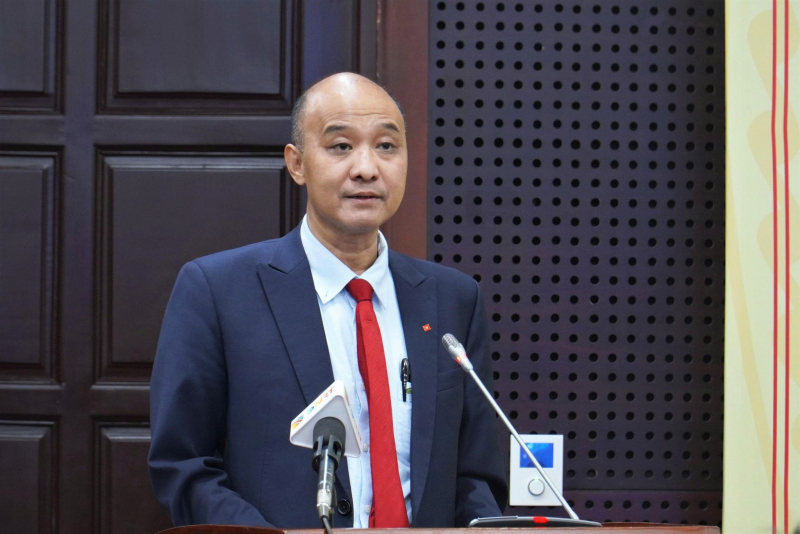
“This is not only a means of connection, but also a green solution, contributing to reducing traffic congestion, minimizing carbon emissions and encouraging environmentally friendly forms of transport,” Mr. Le Quang Nam affirmed.
According to Mr. Nam, the formation of urban railway lines will create a strong boost for socio -economic growth, promoting the development of trade, services, tourism and logistics in neighboring areas. This is also a direction in line with the goal of building a green, clean, livable city that Da Nang is steadfastly pursuing.
"With a long-term vision, Da Nang identifies the urban railway system as the backbone of the smart transport network, effectively connecting the inner city with satellite cities, while expanding regional connectivity with Thua Thien Hue, Quang Ngai and the Central localities. "Thereby, gradually forming a chain of dynamic economic-tourism urban areas, contributing to realizing the city's sustainable development goals," the Vice Chairman of the City People's Committee emphasized.
Many domestic and international experts gathered to discuss planning, investment, operation and development mechanisms for the urban railway network - one of the strategic projects shaping the future of Da Nang city.
According to Mr. Luong Thach Vy, Deputy Director of the Department of Construction of Da Nang, the city's urban railway system is planned to include 16 routes with a total length of more than 200 km, including 2 metro lines (MRT) and 14 light rail lines (LRT). These routes connect key functional areas such as airports, railway stations, central bus stations, industrial parks, satellite cities and coastal tourist areas. Two priority projects for early research include the Da Nang Airport - Hoi An - Tam Ky - Chu Lai route (phase 1 implemented from 2025-2030, airport - Hoi An section) and the National High-Speed Railway Station - Urban Central Station route.
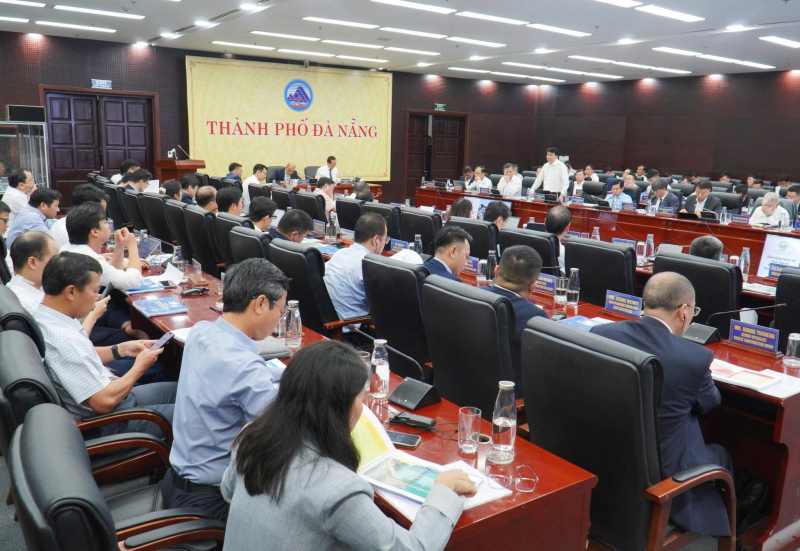
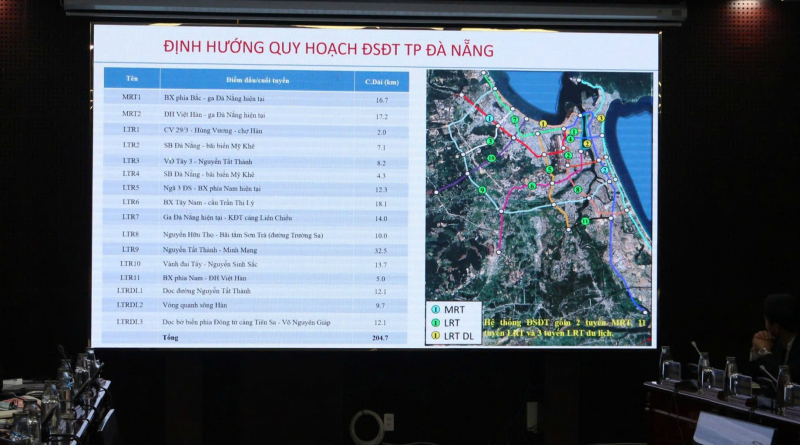
The city has identified priority for calling for investment in the form of public-private partnership (PPP) or private capital, allowing investors to participate in infrastructure construction, equipment supply, commercial operation and exploitation, and at the same time develop TOD (Transit Oriented Development) urban areas around stations. This is considered an effective direction, creating sustainable economic resources for the city's modern transportation system.
At the workshop, the Hanoi and Ho Chi Minh City Urban Railway Management Boards shared many valuable experiences in implementing metro lines, from design, site clearance to project management and capital mobilization.
International experts from Shenzhen (China) shared their experiences in Project Management, Operation, Maintenance and Urban Development (TOD) of Urban Railways in Shenzhen City, and proposed an urban railway network for Da Nang City.
Notably, many opinions affirm that the development of urban railway in Da Nang not only aims to solve the traffic problem, but also opens up the direction of smart, sustainable and environmentally friendly urban development, promoting services - tourism - logistics, creating new momentum for the entire key economic region of the Central region.
Source: https://cand.com.vn/Giao-thong/da-nang-huong-toi-200km-duong-sat-do-thi-i785673/



![[Photo] President Luong Cuong chaired the welcoming ceremony and held talks with United Nations Secretary-General Antonio Guterres](https://vphoto.vietnam.vn/thumb/1200x675/vietnam/resource/IMAGE/2025/10/24/1761304699186_ndo_br_1-jpg.webp)
![[Photo] Prime Minister Pham Minh Chinh chairs conference on breakthrough solutions for social housing development](https://vphoto.vietnam.vn/thumb/1200x675/vietnam/resource/IMAGE/2025/10/24/1761294193033_dsc-0146-7834-jpg.webp)

![[Photo] Prime Minister Pham Minh Chinh and South African President Matamela Cyril Ramaphosa attend the business forum](https://vphoto.vietnam.vn/thumb/1200x675/vietnam/resource/IMAGE/2025/10/24/1761302295638_dsc-0409-jpg.webp)
![[Photo] Solemn funeral of former Vice Chairman of the Council of Ministers Tran Phuong](https://vphoto.vietnam.vn/thumb/1200x675/vietnam/resource/IMAGE/2025/10/24/1761295093441_tang-le-tran-phuong-1998-4576-jpg.webp)


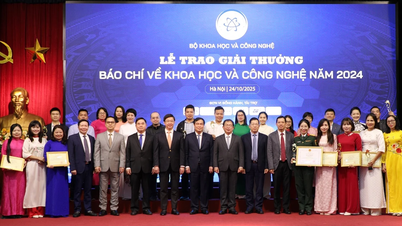












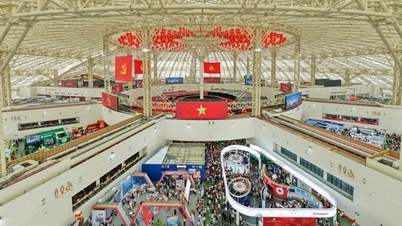


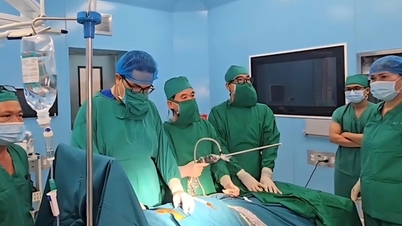





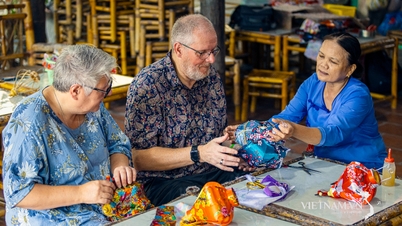

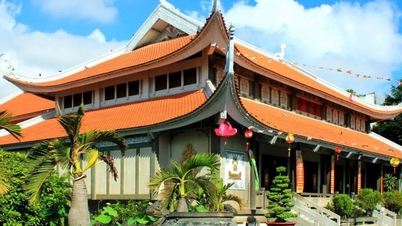

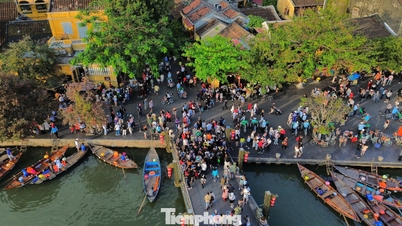

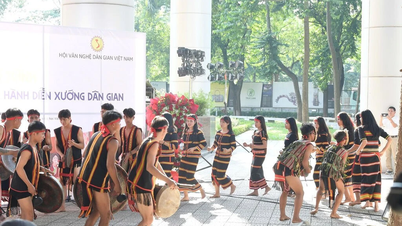
















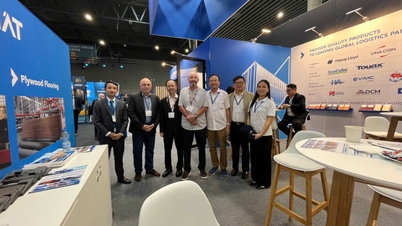







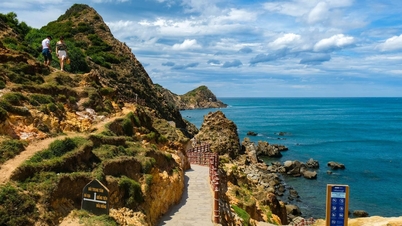

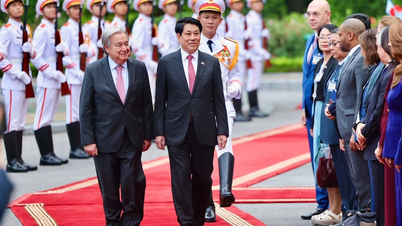

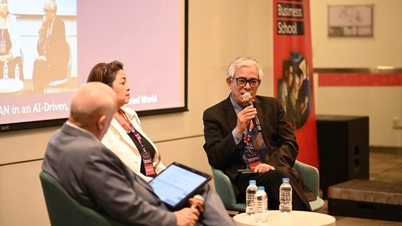


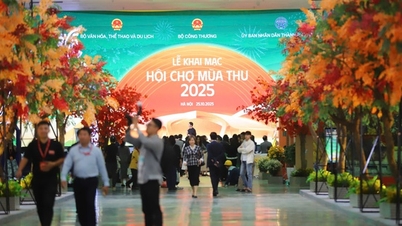
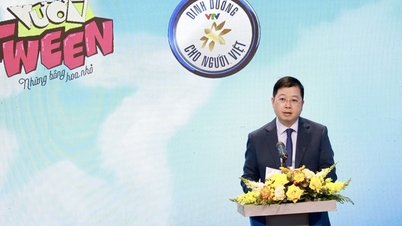
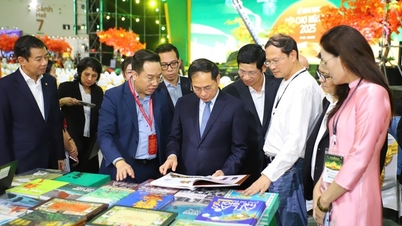
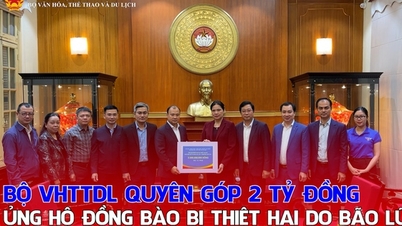


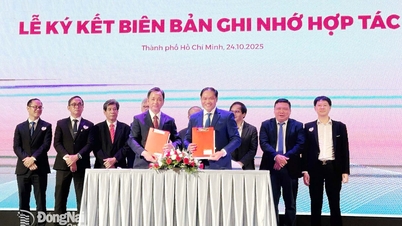



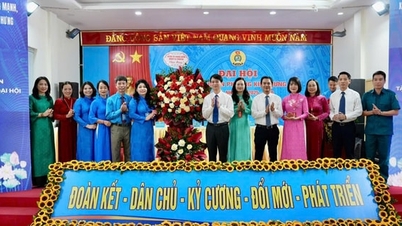




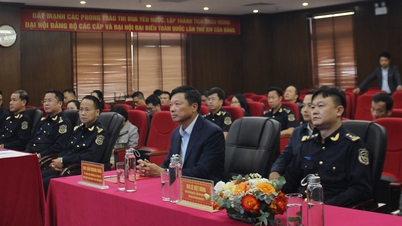















Comment (0)